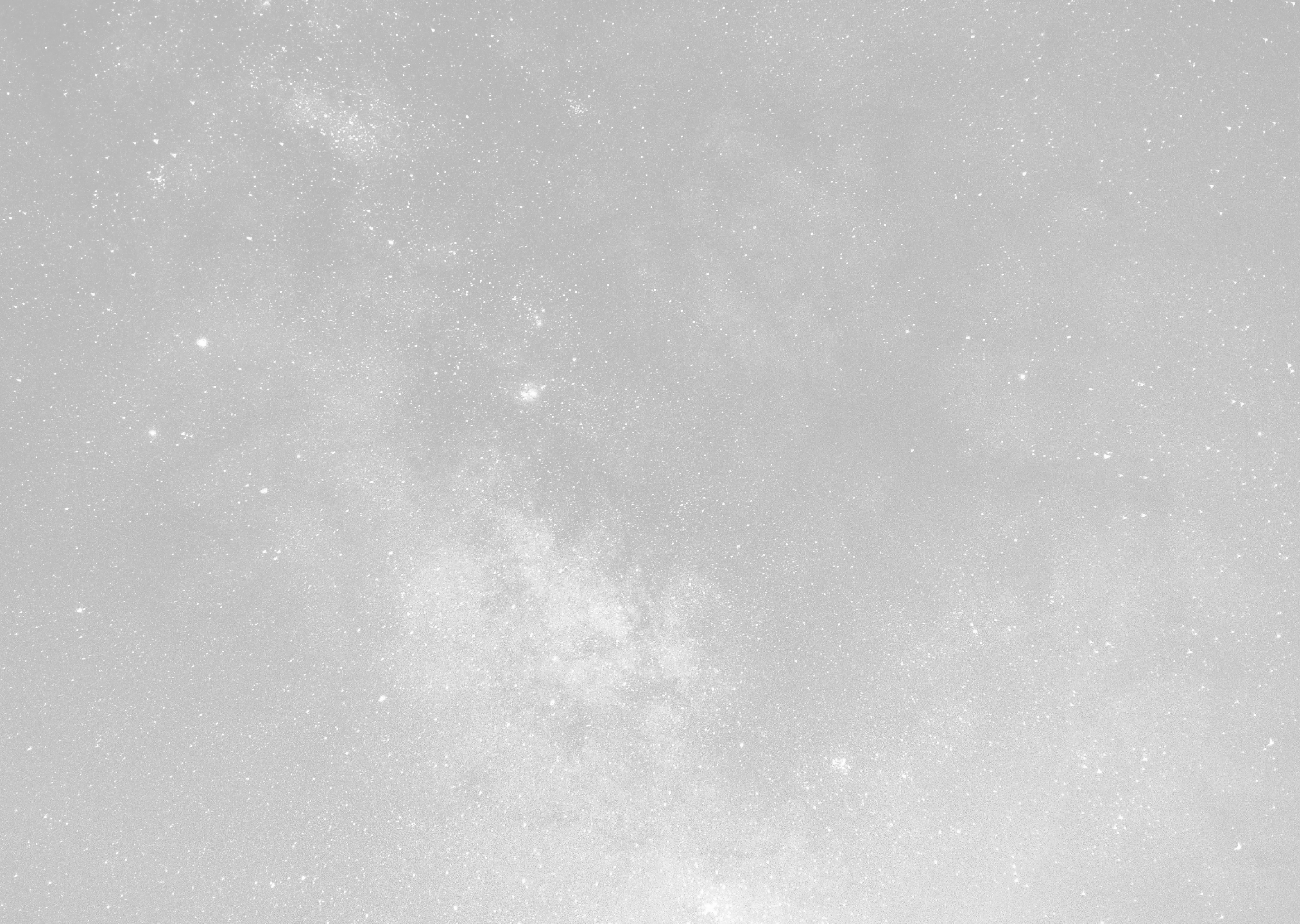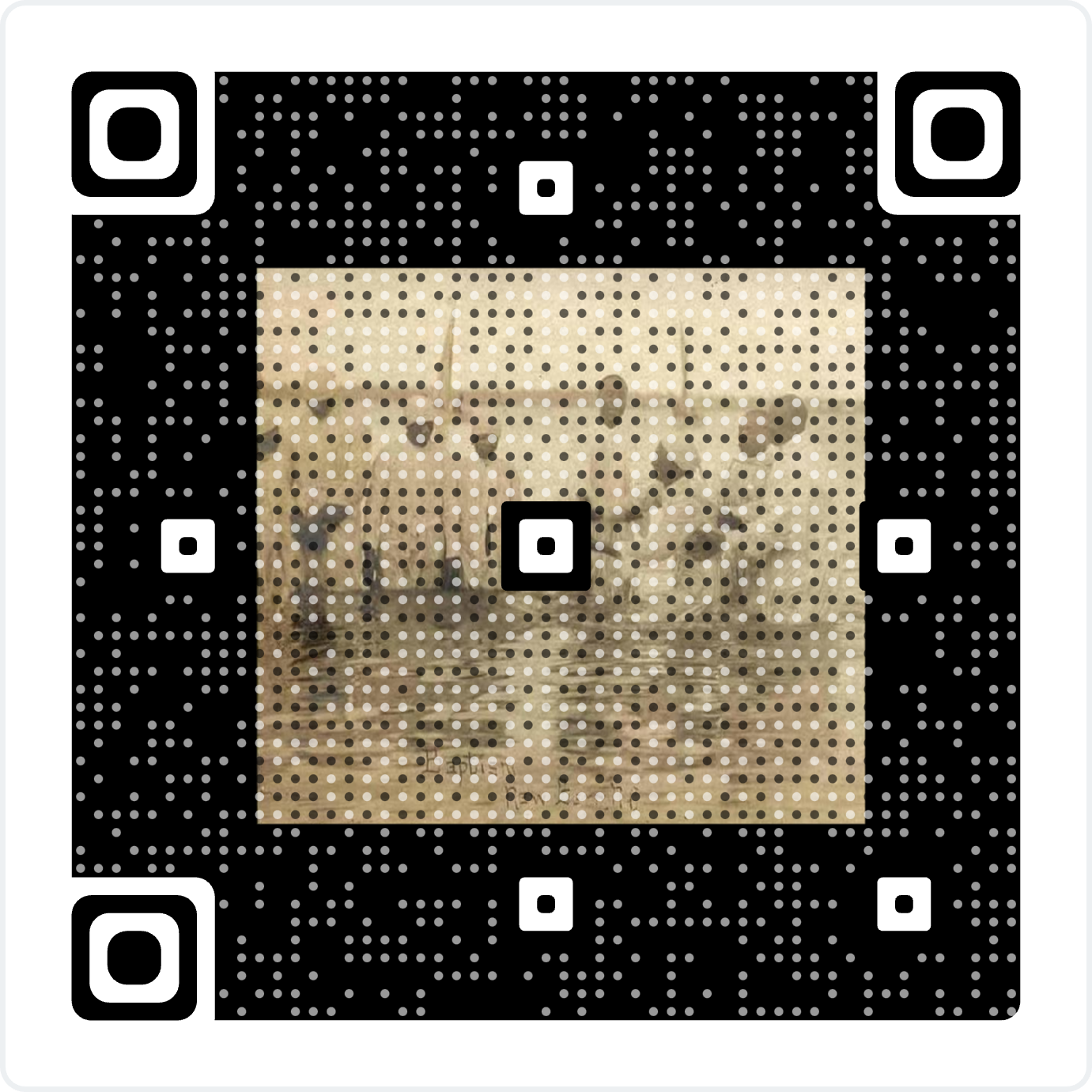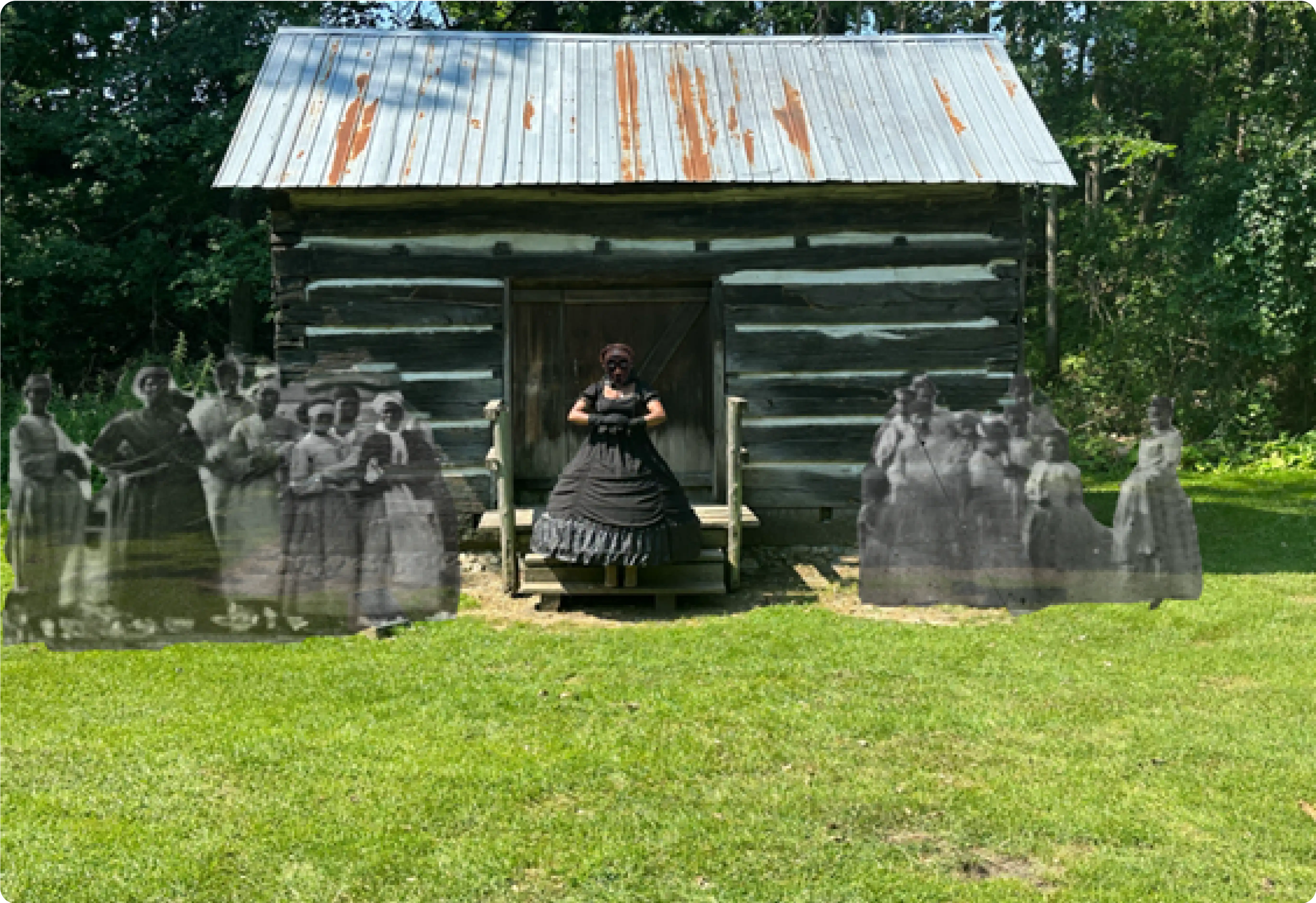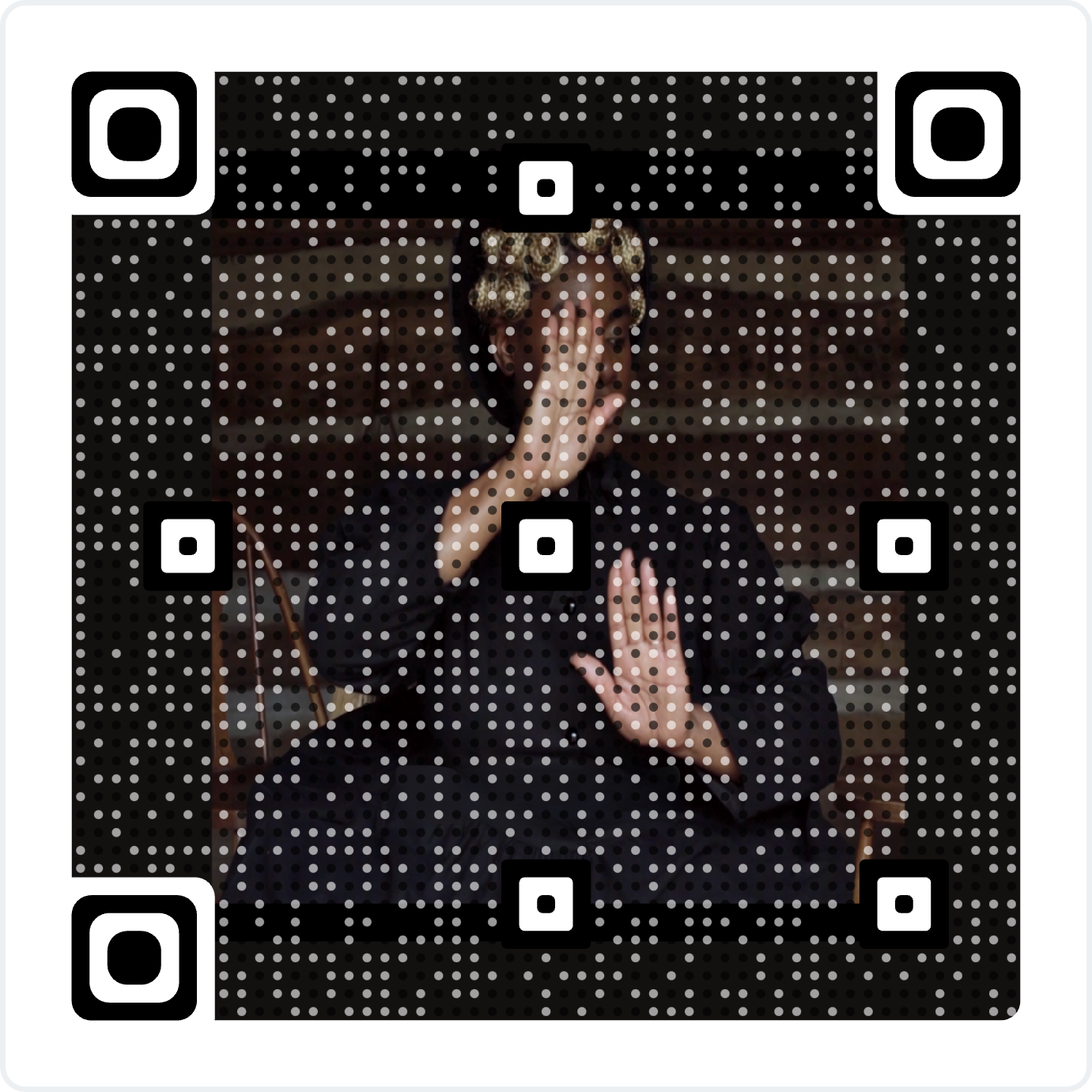
In the beginning, there was only a circular void of nothingness, called mbûngi.
Scroll
Gullah Geechee is a culture and community developed in the American South as a result of the historic migrations of peoples from Africa during the transatlantic slave trade. Gullah culture is enriched by a fusion of African derived practices and beliefs. In this workshop we will highlight how Gullah culture is informed by kongo cosmology, and how culturally inclusive data processing for Machine Learning can be used to preserve community knowledge.
Machine learning (ML) is a subfield of Artificial Intelligence (AI), which is broadly defined as the capability of a machine to imitate intelligent human behavior. It relies heavily on large amounts of data to “teach” a computer how to perceive concepts within the world around it, to make informed algorithmic decisions. Because ML and other modes of AI rely so heavily on data to generate intelligent algorithms for decision-making, it is important to consider who, what, why, and how data can create certain realities while disregarding others.
Let's dive into two specific activities examining how societal context impacts data classification.
Course of Study
Step 1: scroll up and Listen to Bakongo cosmology (again)
Step 2: familiarize with terms presented on data wheel
Step 3: Complete Cultural Data Gallery module
Step 4: Watch part 1 of “into the Black Box” film series
Step 5: complete Dark Data module
Step 6: Complete feedback Survey
Data classification is the construction of a method to organize and categorize data based on its content, sensitivity, and importance according to predefined criteria. This process helps in managing and securing data more effectively by assigning labels or tags that indicate the level of confidentiality, integrity, and availability associated with the information.
Dark data is a term to describe the many different ways a data collection process could result in missing data, with a goal to build a model that can account for this information. Dark data very often is described as data that an organization or individual has collected but has not used to gain understanding or insight. Data which are available in principle but cannot be properly examined for use. Dark data highlights an absence in the data collection framework– a basic structure underlying a system, concept, or text.
Dark data differs from missing data in that dark data seeks to achieve statistical approaches to missing data. Missing data is a critical inquiry concerned with the many social political reasons why information may not be available.
Data bias is an umbrella term used to describe when data or information is limited in some way, painting an inaccurate representation of population, or does not telling the full story.
Data sovereignty refers to the idea that data — such as intellectual property, financial data, or personal information — collected or stored in a particular geographic location, such as a specific country, should be subject to the laws of that location. In a social justice framework, data sovereignty refers to a marginalized community's right to control and maintain datasets about that specific community, which includes the collection, storage, interpretation, and application of datasets. This form of data sovereignty privileges community-based knowledge and social relations, and extends these community rules to information governance.
A term used to politicize the absence of data. Missing data may include entirely absent data, as well as data that is sparse, neglected, poorly collected and maintained, purposely removed, difficult to access, infrequently updated, contested, and/or underreported. At times missing data may also imply an “informatic demand” from one group/institution to another, meaning a social and/or political demand that such data should be collected and made available.
The Cultural Data Gallery
The Cultural Data Gallery culls imagery from existing archives, and museum collections about African American history to recognize the lasting influence of Bakongo cosmology latent in the Gullah Geechee Cultural Corridor (GGCC).
In Gullah Geechee culture, Bakongo cosmology is visible through inscriptions, architectural designs, cultural customs, songs, prayer, and dance formations. The way in which Bakongo cosmology historically materializes in the American South serves as covert codes communicating warnings, proverbs, sacred rhythmic speech, assertions about the physical and ephemeral world, and identity expression within an African cosmology. The Cultural Data Gallery reclassifies existing data for a machine learning algorithm to organize Gullah-American history and culture through Dikenga philosophy– the ways of thinking inspired by Bakongo cosmology.

Explore the CDG Machine Learning Algorithm
- Scan the QR code to download images onto your mobile device
- Click this link to access a beta machine learning algorithm trained to perceive the CDG artifacts according to Dikenga philosophy
Hold up each photo up to the algorithm and see their classifications.
Computing AI with Missing & Dark Data
In the previous section, we reclassified the four images in the Cultural Data Gallery (CDG) using Bakongo cosmology, and Dikenga philosophy. This reclassification approach encourages critical thinking about the social implications of data collection within specific cultural contexts, drawing new conclusions or rediscovering existing data in meaningful ways.
Now, let’s recall the data concepts of missing, dark, and sovereignty:
- - Missing data refers to information that is absent due to social or political reasons, even in environments rich with data.
- - Dark data involves statistical approaches to understanding missing data but typically does not focus on why the data is missing.
- -Data sovereignty refers to the right of a group or individual to control and maintain their own data, including its collection, storage, and interpretation.
In this module, we’ll explore how how marginalized cultural contexts might contribute to missing data. Specifically, we’ll examine cultural data that is intentionally made missing—data meant only for a select few or sensitive information within a community. We’ll also consider dark data methods for collecting and processing culturally sensitive information that is meant to remain within the specified community as an act of data sovereignty.
Instructions:
1. Watch the short film Calculate Freedom
2. Complete the QR code exercise to explore how encryption can be used as a form of cultural preservation and data sovereignty.
Calculate Freedom
Calculate Freedom narrates an African American researcher who uses her ancestral knowledge of spacetime to travel into the past to visit a relative’s home. There she finds an artifact (a Dikenga map) to open a portal to an alternate present, a matrix in which she prepares to build a technology for her community in the future.

In Calculate Freedom, the two African American dance traditions “ring shout”, and “catching the spirit” function as another form of speech. These two dance traditions are inspired by the cultural practices enslaved Africans brought with them to the American South. Today the “ring shout”, and “catching the spirit” are practiced in many black churches.
The movements are ecstatic and meant to transcend the body into the spiritual realm to communicate prayers, expressions of deliverance, and engage in communal healing, among other things.
This form of data is rendered illegible (missing) even though one may encounter it and be able to perceive and thus “collect it”. It cannot be processed, or put to sensible use because the repository for this data exists in a specific cultural linguistic context, and embodied modality. Additionally, the information within the movements are meant for a select few.
While the previous use of missing data brought to mind uneven power dynamics as the cause of why certain data is available and others are not, this film considers missing data that is intentionally evasive, the grammar is spoken and interpreted by and for the community.
African American history provides examples of missing data, both intentional and unintentional. While the first module reflects on uneven power dynamics from a history of exploitation, this module considers missing data as a form of data sovereignty. For example, the use of encrypted signs and symbols during the Underground Railroad.
By creating a machine learning algorithm to compute two gestures in the film, you can access a beta algorithm trained to perceive the significance of the poses, however, they are encrypted.
In this context, what is the function of intentionally missing data? What are some reasons why a community might want to obscure data?

- Use the QR code with your mobile device to download two screenshots from film
- Click link to access a beta machine learning algorithm.
- Hover each screenshot in front of pc camera for algorithm to scan
- Read classifications. Note: the classifications are intentionally encrypted and are the first step to gaining access to a covert message within part II of Into the Black Box series.
